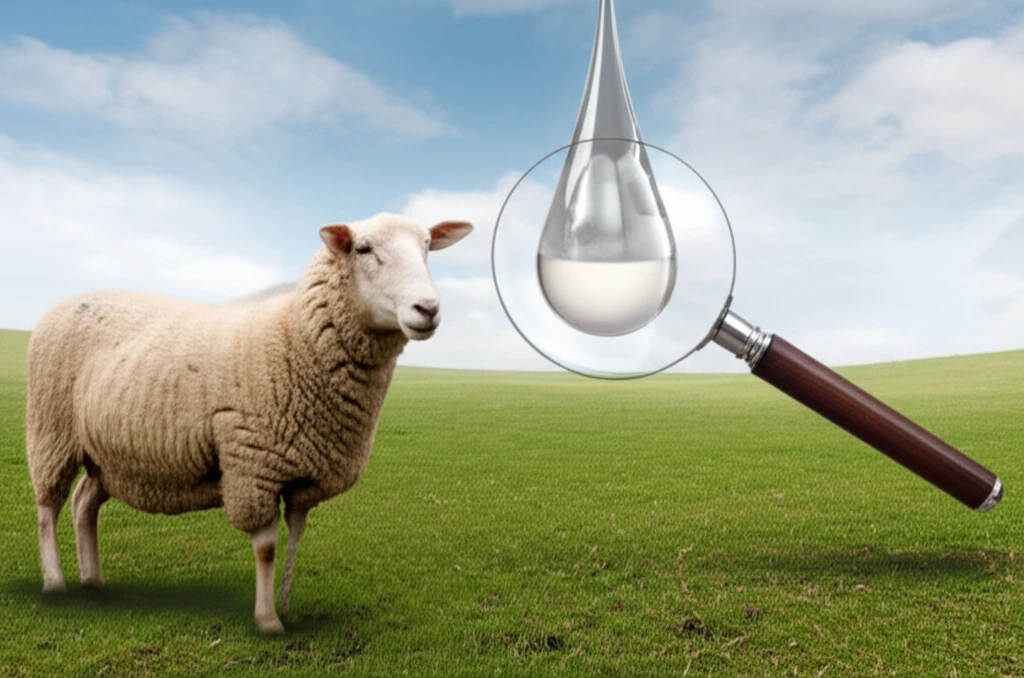
Is Your Ewe's Milk Up to Snuff? Spotting and Tackling Mastitis in Santa Inês Sheep
"A deep dive into a new study reveals the dynamics of milk quality in Santa Inês ewes, offering farmers critical insights into detecting and managing subclinical mastitis for healthier flocks and better yields."
For sheep farmers, especially those raising Santa Inês ewes, understanding milk quality is crucial. Milk isn't just for the lambs; it's a direct indicator of the ewe's health and the overall productivity of your flock. But what happens when things aren't quite right?
Mastitis, an inflammation of the mammary gland, poses a significant threat to ewe health and milk production. While clinical (obvious) mastitis is easy to spot, subclinical mastitis—where the ewe appears healthy—can be deceptive and cause insidious losses. Imagine your ewes producing less milk, lambs not thriving, and your profits slowly dwindling, all because of an unseen infection.
A recent study published in Pesquisa Veterinária Brasileira has investigated the cellular and microbiological dynamics of milk in Santa Inês ewes during lactation. This research offers essential insights for farmers looking to proactively manage mastitis, safeguard their flock's health, and optimize milk production.
Why Early Detection is a Game-Changer for Ewe Health

The study evaluated 34 Santa Inês ewes under semi-intensive conditions, focusing on key indicators like clinical examinations, somatic cell counts (SCC), and bacterial isolation. These factors help reveal the presence and severity of intramammary infections (IMI) throughout lactation.
- Clinical Exams: Assessed the physical health of the mammary gland at each stage.
- Somatic Cell Count (SCC): Measured the number of cells in the milk, a key indicator of inflammation and infection.
- California Mastitis Test (CMT): A quick, on-farm test to estimate SCC and detect subclinical mastitis.
- Bacteriological Analysis: Identified the types of bacteria present in the milk, helping to pinpoint the specific causes of infection.
Taking Action: Practical Steps for Farmers
This research provides a clear call to action for Santa Inês sheep farmers. By implementing regular monitoring practices, focusing on pre-partum health, and understanding the role of SCN, you can take control of your flock’s milk quality and overall health. Remember, early detection and proactive management are your best defenses against the hidden threat of subclinical mastitis. Prioritize regular CMT testing, especially in early lactation. This simple test can provide invaluable insights into the health of your ewes. Work closely with your veterinarian to develop a tailored mastitis control plan. This plan should include strategies for prevention, early detection, and appropriate treatment.
